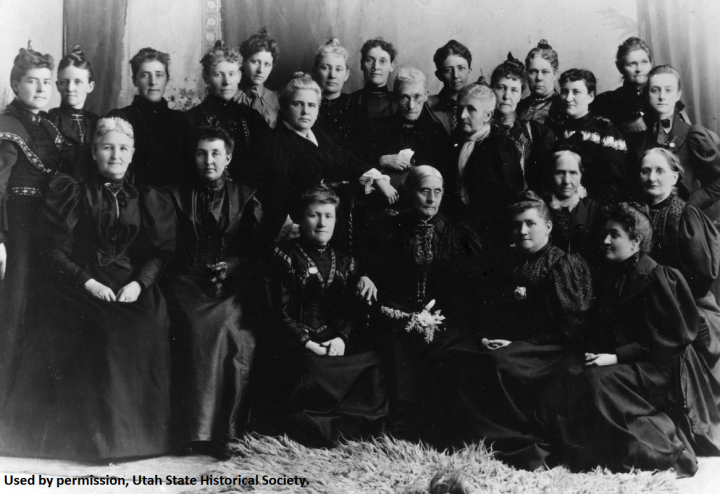Why do humans live for so long?
Unlike other species, there seems to be no obvious evolutionary benefit to humans reaching an older age. In a new study, published in Nature Ecology and Evolution, Dr Jacob Moorad and Craig Walling from the Institute for Evolutionary Biology conclude that there are no easy answers and the mystery is more complex than we thought.

Evolutionary theory struggles with why we live for so long. Natural selection promotes survival only up to the last age of reproduction, but menopause marks the end of fertility for women who live into their 50s. Menopause should reliably mark their death, but that certainly doesn’t happen. Post-menopause lifespan is not just a feature of modern life; women have been shown to live many decades post-menopause in hunter-gatherer populations, too.
The current evolutionary explanation is that natural selection must act indirectly; female late-life survival genes benefit fitness via avenues other than late-life survival. Scientists have proposed at least three evolutionary models.
The first assumes that genes that promote early survival and fertility also favour long-life; evolution should increase the frequencies of these genes because of their early-life effects. The second notes that men do not menopause and can occasionally reproduce well into their 70s, meaning that there will be selection for late-life survival in men. If genes for long-life work alike in men and women, then selection should indirectly favour post-menopausal survival.
Finally, in some populations, adult offspring benefit from the presence of their mothers and childhood survival increases when grandmothers are available. If genes for late-life female survival also promote care-giving to children and grandchildren, then indirect selection may favour post-menopausal survival.
These assumptions regarding genetic associations between traits are untested, and our first goal was to measure their strength. Our data derived from 19th century church records of members of The Church of Jesus Christ of Latter-day Saints, from the Utah Territory (USA). We felt that the environmental conditions experienced by this pioneering population might better reflect those experienced by long-ago humans than any modern population. Also, the quantity of data suggested tremendous statistical power to detect very small signatures of genetic selection.
A secondary goal was to identify sources of genetic selection for long-life in men. We expected late-life male reproduction would directly select for late-life survival. It did, but it only explained 6% of the total selection. We were surprised to learn that indirect selection caused by associations between early fertility and survival explained 94% of all genetic selection. It appears that there is much variation for genes of general quality that improve both early fitness and late-life male survival.
Even more surprising, we found no evidence that genes for female late-life survival had any relationship to fitness. In other words, there was no source of selection available to promote late-life female survival. Clearly, selection must have favoured long-life in women at some point, but this appears to have been lost in this population.
This is the first such study, and we hope to replicate it in populations from other places and times to better understand when and how this loss of selection happened.

